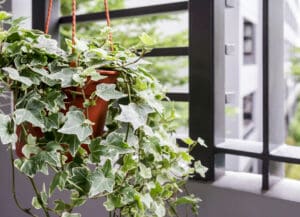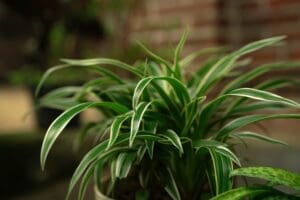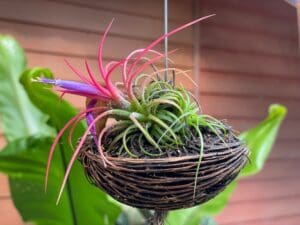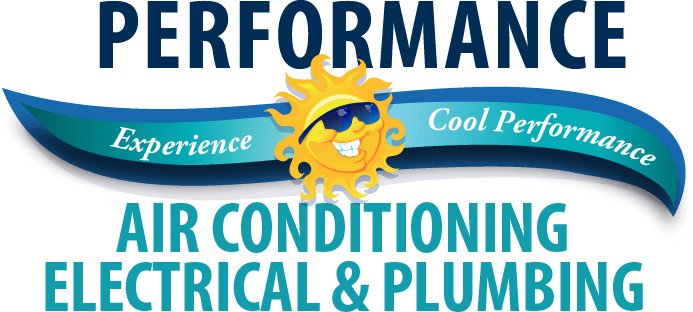
In Florida, where the sun shines bright and the air often feels heavy, managing indoor humidity is not just a luxury; it’s a necessity. High humidity can transform your cozy haven into a less comfortable space. Fortunately, the solution lies in understanding and taking control.
Why worry about high humidity, you ask? Well, it’s more than just a matter of comfort. Excess moisture in the air can lead to a myriad of issues. It can encourage the growth of mold and mildew, which are not only unsightly but can also pose health risks.
Your beloved wooden furniture and fixtures? They’re also at risk. Swelling, warping, and other damage are real concerns in high-humidity environments.
Luckily, you have the power to change this. You can transform your home into a tranquil oasis, where the air is just as welcoming as the décor. Keep reading to learn more about effectively reducing humidity in your Clearwater Beach home and enjoying a healthier, more comfortable living space.
Impact of High Humidity Indoors
Indoor air quality is crucial for a comfortable and healthy home environment. When the humidity levels rise, your air quality takes a hit. High humidity indoors creates a sticky, heavy air sensation, making your living spaces less inviting. It’s not just about comfort; high indoor humidity can compromise the air quality in your home. This leads to a stuffy atmosphere where allergens thrive.
Increased humidity levels bring potential health risks that you cannot overlook. It’s a breeding ground for mold, mildew, and dust mites, all harmful to your health. Respiratory issues, allergies, and skin irritations often flare up in such conditions. High humidity can exacerbate asthma and other respiratory conditions.
Factors Increasing Humidity
Knowing what ramps up the moisture levels in your home is the first step in mastering the art of a comfortable indoor climate. Here are some factors to consider:
Florida’s Region
Living in Florida, you’re already in a battle with humidity. The region’s climate is a significant factor in the indoor humidity levels of your home. Pinellas County‘s hot and humid climate contributes to higher moisture levels indoors. This geographical factor makes understanding and managing indoor humidity a priority for homeowners in the region.
Household Appliances
Surprisingly, everyday household appliances contribute to indoor humidity. Activities like cooking, showering, and even running the dishwasher release moisture into the air. Recognizing the role of these appliances is essential in understanding how to reduce humidity in your house.
Potential Water Leaks
Water leaks, often unnoticed, are a major contributor to indoor humidity. A small leak can release significant moisture into your home’s environment. Regularly checking for leaks is crucial in maintaining optimal humidity levels. Addressing these leaks promptly is a key step in how to lower humidity in the house.
The goal is clear in each of these areas: how to dehumidify a room effectively to maintain a healthy, comfortable living space. Whether it’s choosing the right dehumidifier, understanding the dynamics of a humidifier vs dehumidifier, or simply being aware of the factors that affect indoor humidity, each step moves towards better indoor air quality.
How to Lower Humidity in House
Reducing humidity in your house isn’t just a task; it’s an art that brings comfort, health, and a serene living environment. Imagine entering your home, greeted by air that’s just the right amount of dry, free from the clutches of oppressive moisture. Let’s check out how to lower humidity in your house to get us closer to a safe haven.
HVAC Systems
HVAC systems are your first line of defense in the battle against indoor humidity. A well-maintained HVAC system regulates the temperature and plays a crucial role in reducing indoor humidity. Regular servicing ensures it works efficiently to remove excess moisture from your home, significantly lowering the humidity in the house.
Dehumidifiers
Dehumidifiers are a must-have gadget for homes battling high humidity. These devices work wonders in dehumidifying a room, pulling excess moisture from the air, and maintaining a balanced indoor climate. Whether it’s a portable unit for a single room or a whole-house system, choosing the right dehumidifier can transform your home into a comfortable haven.
Ventilating Effectively
Adequate ventilation is key in managing indoor humidity. Simple practices like using exhaust fans in bathrooms and kitchens, opening windows when the weather permits, and ensuring proper ventilation throughout the house are essential steps in reducing humidity. These actions promote air circulation, preventing damp, stale air buildup.
Moisture Absorbing Materials and Plants
Lastly, let’s discuss nature’s solution: moisture-absorbing materials and plants. Certain materials like silica gel and charcoal can be strategically placed to absorb excess moisture. Furthermore, some houseplants are not just decorative but functional, naturally helping reduce indoor humidity. Here are some humidity-reducing plants to consider for your indoor decor:
- Peace Lily (Spathiphyllum): This beautiful plant is not only easy to care for but also efficient in absorbing moisture from the air in your St. Petersburg home. It thrives in shady areas, making it perfect for indoor environments. Bear in mind the toxicity to pets when opting for this choice.

- English Ivy (Hedera helix): English Ivy is known for its ability to reduce airborne mold, as it absorbs moisture. This climbing plant can be a lovely addition to your home decor.

- Spider Plant (Chlorophytum comosum): Spider Plants are not only great for improving indoor air quality but also for reducing indoor humidity. They are hardy and easy to grow, making them perfect for beginners.

- Reed Palm (Chamaedorea seifrizii): Also known as Bamboo Palm, this plant can help in reducing the moisture levels in your home. It thrives in part-shade and adds a tropical feel to the room.

- Tillandsia (Air Plant): Air plants are unique because they don’t need soil to grow, absorbing water and nutrients through their leaves. They can help in balancing indoor humidity levels.

- Orchids (Orchidaceae): Orchids absorb moisture through their roots from the air, which makes them effective in controlling indoor humidity. They prefer indirect light and add elegance to your interior.

Integrating these into your home decor can subtly aid in maintaining a pleasant indoor air quality.
Performance Can Help Your Air Quality
By implementing the strategies discussed, you’re not just opening a window but crafting an environment that enhances your quality of life.
Remember, the path to a balanced indoor climate is continuous and rewarding. Every step, from optimizing your HVAC system to choosing the right dehumidifier, brings you closer to the ideal home environment. Your actions will cultivate a space where comfort meets health, where every breath is a breath of fresh, balanced air. If you need any assistance choosing the right equipment, or simply want help starting somewhere, contact the pros at Performance.
In closing, let the knowledge you’ve gained guide you toward a fresher, drier, and more comfortable home. You are now equipped to tackle high humidity head-on, turning your home into a beacon of comfort and health.

